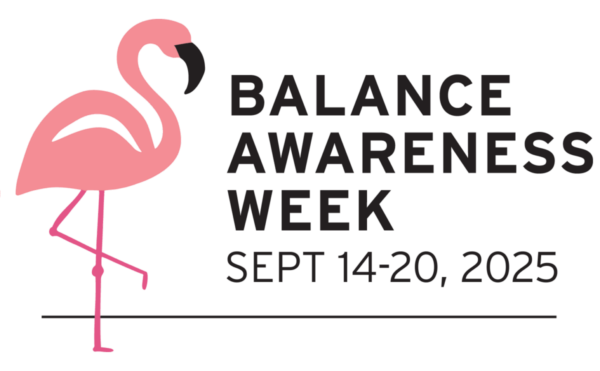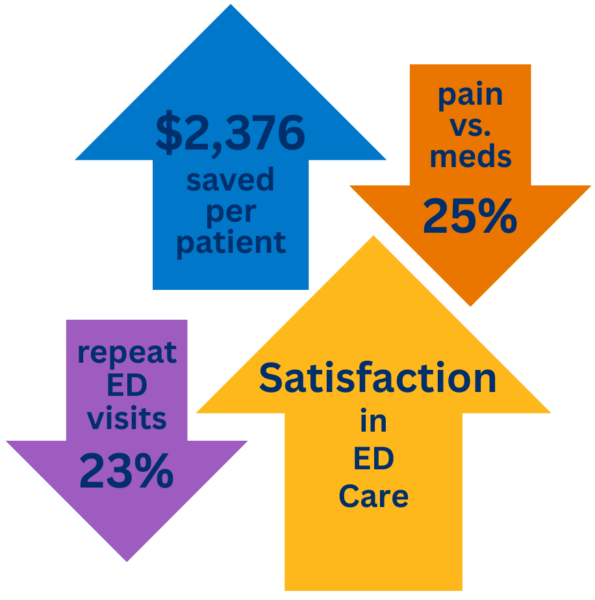🎉 ERI Launches New On-Demand Torticollis Continuing Education Series with Anjali Gupta, PT
Education Resources, Inc. (ERI) is thrilled to introduce a brand-new on-demand continuing education series led by torticollis expert and Cindy Miles mentee, Anjali Gupta, PT, MSPT, CLT. This comprehensive series is designed to equip occupational therapists, physical therapists, and speech-language pathologists with practical strategies, updated guidelines, and hands-on tools to confidently manage suspected and diagnosed torticollis.
Whether you’re new to treating torticollis or looking to deepen your clinical expertise, this flexible, self-paced series offers a valuable opportunity to build your skills from the ground up. This course is recommended for PTs, OTs and SLPs working in acute care, Early Intervention, home health, neurology, NICU, orthopedics and pediatric settings.

🌟 Best Value: Torticollis On-Demand Series – $399
Comprehensive Torticollis: Establishing Clinical Expertise
💻 Includes on-demand recordings of:
-
- Torticollis: The Basics – What Every Therapist Needs to Know
- Torticollis: Comprehensive Strategies for Assessment and Interventions
🗣️ Anjali Gupta, PT, MSPT, CLT
🎓 16.5 contact hours
💡 What You’ll Learn
Looking to deepen your clinical expertise in torticollis from head to toe? Therapists play a vital role in both treating and early identification of torticollis across age ranges. This on-demand series offers a comprehensive, evidence-based approach—starting with foundational knowledge and progressing through assessment and intervention—to strengthen your clinical confidence in identifying and treating torticollis.
The course offers a comprehensive self-study allowing you to go at your own pace. Pause, rewind and reflect as often as needed. Covering evaluation through treatment, it provides practical, research-backed strategies that integrate into play and daily routines—supporting functional outcomes and effective caregiver carryover.
🧠 Part A: Torticollis – The Basics – $199
Torticollis: The Basics – What Every Therapist Needs to Know
💻 On-demand recording
🗣️ Anjali Gupta, PT, MSPT, CLT
🎓 5.5 contact hours
💡 What You’ll Learn
This on-demand provides foundational information on the etiology, evaluation and treatment of infants with torticollis. This would be considered a refresher course for anyone already familiar with treating torticollis, or ideal for those new to treatment. You can expect to learn how to:
- Identify the types of torticollis and the factors contributing to it in infants
- Analyze red flags for differential diagnosis and understand long-term implications of untreated/undiagnosed torticollis
- Identify best practice to maximize torticollis outcomes
🔎 Part B: Torticollis – Comprehensive Strategies – $319
Torticollis: Comprehensive Strategies for Assessment and Interventions
💻 On-demand recording
🗣️ Anjali Gupta, PT, MSPT, CLT
🎓 11 contact hours
💡 What You’ll Learn
- Updated assessment strategies and tethered oral tissue (TOTS) – what’s the connection?
- Relating the feet to torticollis – how are they connected?
- Hands-on interventions through labs and videos: manual stretching, alignment, scar tissues, fascial correction, ROM, strengthening, vision and vestibular development.
*If you are a past participant of a Cindy Miles torticollis course and have any questions about this content, please reach out to our office at the info list below.
🧩 From Basics to Proficiency – Build Your Confidence
Created for OTs, PTs, and SLPs, these courses offer a complete learning experience to help you confidently manage torticollis in infants and children. Whether you choose a single course or the full series, you’ll walk away with actionable strategies and clinical tools you can use immediately.
📢 Ready to learn? Sign up today and take the next step in your professional development!
☎️ Questions? Contact our office at info@educationresourcesinc.com or call 800-487-6530.

 Guest Blog By Laura Strenk, MS, CCC-SLP
Guest Blog By Laura Strenk, MS, CCC-SLP 
 A Heartfelt Thank You
A Heartfelt Thank You
